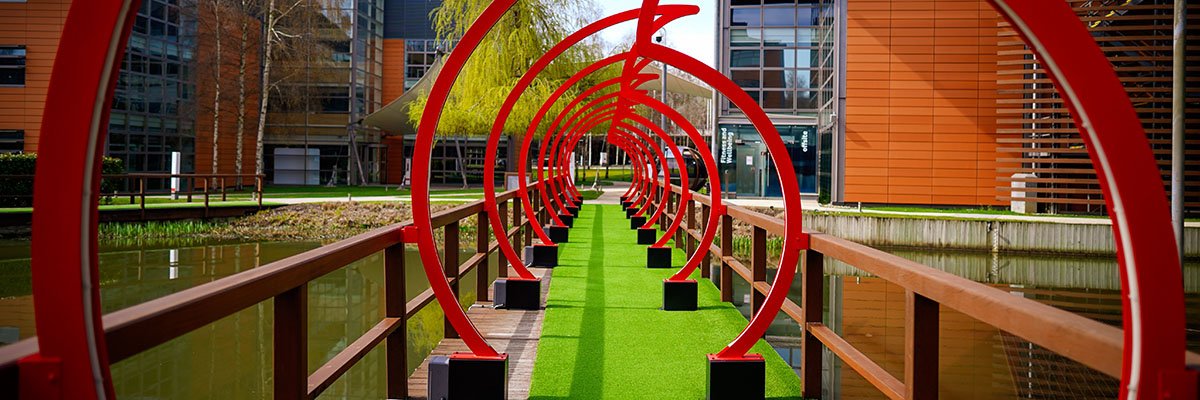Vodafone and the i2CAT Foundation technological research centre will use the improved automation offered by Open Radio Access Networks (RAN) to jointly build a “responsive multi-vendor management system offering greater innovation and security to fix faults and respond to cyber threats faster and cheaper”.
Vodafone has long been a leading proponent of Open RAN technology, and regards it as the universal network for the future. It believes the technology can allow users to benefit from a fast and secure mobile network that can be quickly and cost-effectively scaled to meet peaks in demand, as well as new cloud-based services.
The operator sees the technology as a platform for innovation that would not otherwise have been possible, offering new ways to enhance customer experience and introduce change at an accelerated pace. It is also confident that Open RAN’s “superior flexibility” will allow customers to take full advantage of 5G Standalone (5GSA) networks. Vodafone aims to have 30% of its masts across Europe using Open RAN technology by 2030.
Ultimately, the new management system is designed to provide Vodafone with a unified multi-vendor dashboard to respond to and control Open RAN events over a wide geographical area.
Combining i2CAT’s research and development in new digital technologies with Vodafone’s advanced engineering expertise at its Innovation Centre in Málaga, the two organisations will use machine learning techniques to effectively manage and analyse multi-vendor Open RAN network logs. These logs generate information, such as successful login or failed access attempts, which can be used to enhance security and detect threats.
Vodafone and i2CAT said their initial focus is on the design of a security information and event management (SIEM) system that flags potential security threats such as unauthorised access, denial-of-service attacks, or man-in-the-middle interceptions.
Vodafone said that it is committed to working closely with leading academic and research institutions to keep customers safe online. In addition to i2CAT, it has worked with the University of Oxford to guard against risks arising from developing artificial intelligence (AI) technologies.
As part of the new project, named Holistic ORAN Logging & Metrics Security Shield (Holmes), Vodafone and i2CAT said that they will test the ability to differentiate the diverse types of logs received, classify them, and manage them according to the specific threat.
The intention is then to integrate the SIEM with the main Open RAN components, such as the RAN Intelligence Controller (RIC), optimising radio access network functions. The organisations will also run Proof of Concept (PoC) tests that include log management of automated rApps, used for applications such as steering traffic or conserving energy.
The two companies said that their new system’s management benefits include reducing operational costs by automating the processing and analysis of multi-vendor logs; strengthening security by being able to quickly detect and mitigate threats across different suppliers; and simplifying compliance with appropriate regulations and industry standards.
The results of this collaborative project will be shared with the O-RAN Alliance industry body to enable different vendors to contribute and adopt new standardised approaches to log formats.
Commenting on the project, Francisco Martin, head of Open RAN at Vodafone, said: “Vodafone’s partnership with i2CAT supports our aim to provide ultra-secure and reliable software-driven networks that can be upgraded or patched in an instant. It will enable us to automate more manual tasks associated with traditional networks to respond even faster to fluctuations in demand, manage energy consumption more effectively, launch new features quicker and keep ahead of the ever-changing threat landscape.”
Ana Moliner, i2CAT’s director of innovation business development for the private sector, added. “This partnership combines i2CAT’s R&D expertise with Vodafone’s knowledge of new infrastructure deployment and its global reach, accelerating the creation and adoption of new solutions and products. Together, we can explore new frontiers in digital connectivity, create use cases in emerging sectors and contribute to society’s advancement towards a more connected and innovative future.”

